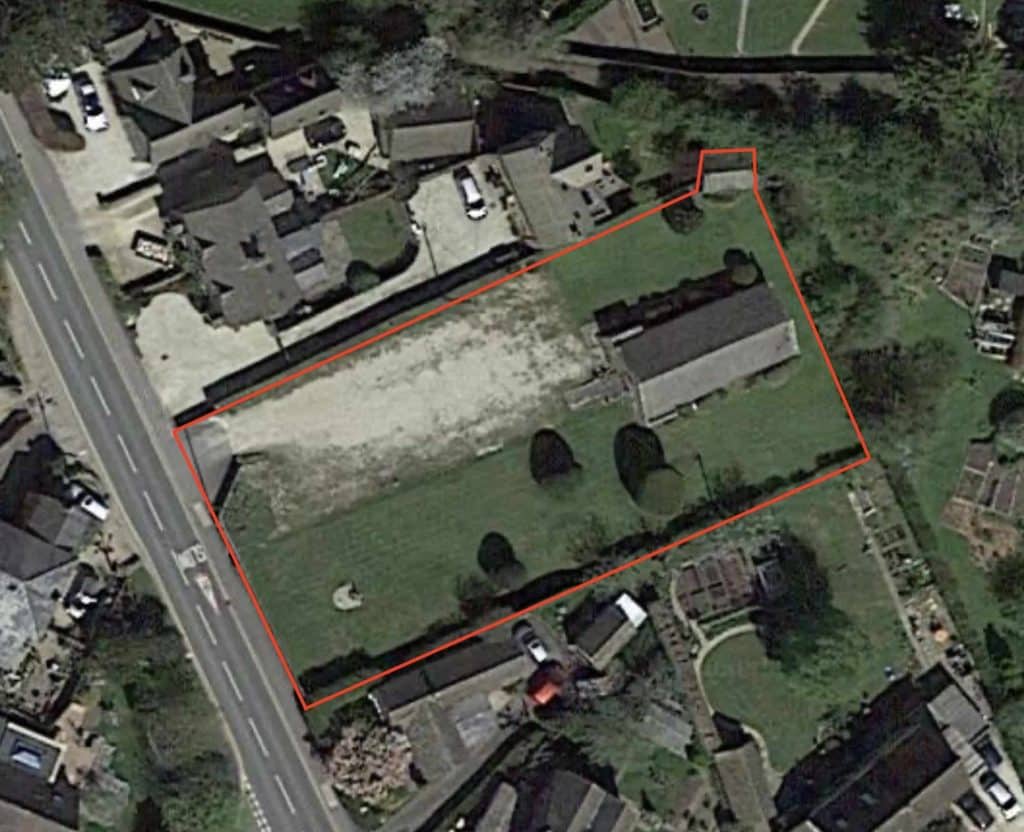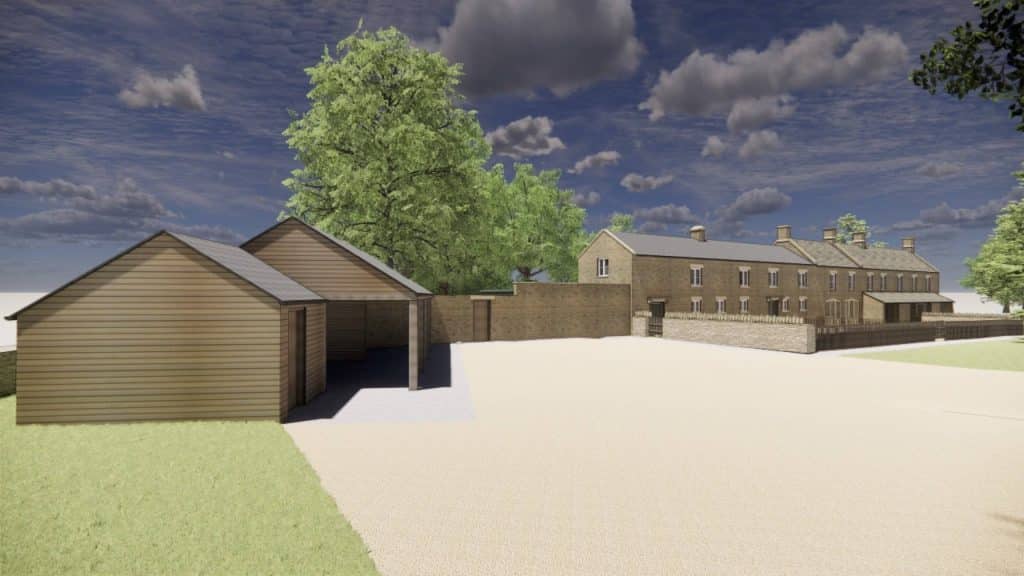The current consultation on the Partial Update of the Cotswold District Local Plan marks an important point in the Local Plan Review process and provides us with an insight of emerging Council thinking on new the location of new housing sites in the District. The importance of this is obvious given the strong competition for housing sites and the critical affordability issues faced by the District.
What is the consultation based on?
The consultation is based on a series of Topic Papers where the Council is looking on feedback of specific questions.
The consultation does not set out any changes to the settlement hierarchy or identify specific new housing sites. However, it does set out the Council’s “new approach” to assessing development sites. This will be based on accessibility to Core Services, listed as:
- Employment
- Primary School
- Secondary School
- GP
- Hospital
- Food Store
The barometer of what is considered accessible is 15 minutes. In addition, the Council propose additional assessment layers involving Primary and Secondary Services and the accessibility to those being equally important.
So what does this mean for those with housebuilding interests in the Cotswold District?
The potential introduction of a new site selection methodology will inevitably lead to focusing housing in the main settlements of the District, where there are already competing environmental pressures. It also emphasises the importance of benchmarking your sites against the emerging selection strategy to understand its strengths and weaknesses and give it the best possible chance of success.
We’ve secured planning permission for housing sites and successfully advised landowners on bringing sites forward throughout the Cotswolds including in Fairford and Moreton in Marsh.
If you would like to contact us to start a conversation about your land give us a call on 01242 895008 or email Nathan.mcloughlin@mplanning.co.uk.









